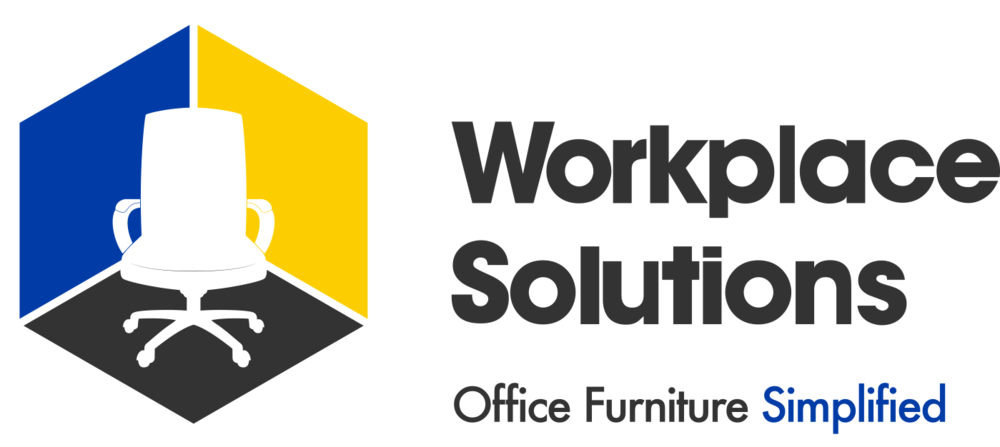Whenever our team of installers completes an installation of workstations, we make sure to clean/disinfect the work surface before you ever come in contact with your new workspace.
What are the extra steps you can take to further clean/disinfect your workspace? With these recommendations from the Centers of Disease Control and Prevention (CDC), you and your employees can create a routine that will maintain a clean work environment for years to come.
**Please keep in mind that these recommendations are for materials that we install for our clients. If you would like more information before beginning your cleaning process, visit the CDC website here.
First things first, wash your hands and wear disposable gloves!
HARD SURFACES
Wipe down the area or item with soap and warm water or another detergent solution. Then, use a household disinfectant
To avoid risks of fire or shock, always disconnect electrical power when cleaning products that use or provide electricity
Be careful not to allow liquids to enter any openings in electrical products
Different types require different cleaning methods:
Acrylic - Clean with mild soap or detergent and water
Glass - Use standard disinfecting cleaning products. See suggested list provided by the U.S. Environmental Protection Agency (EPA)
Markerboard Writing Surfaces - Clean with 91% Isopropyl Alcohol (IPA) using a microfiber cloth
Laminate Tops, Painted/Plated Metals, and Plastics - Use household cleaning products like Clorox Healthcare Bleach Germicidal Cleaner, Professional Lysol Disinfectant Spray, or an All-purpose hard-surface cleaner (examples: Fantastik or Mr. Clean)
Metal - Choose a delicate “non-abrasive” cleaner
Wood - Choose a cleaner or soap formulated especially for wood surfaces
Wood Veneer - Products that are dedicated to cleaning wood veneer (or something like a Clorox Healthcare Bleach Germicidal Cleaner)
SOFT SURFACES
Clean the surface using a microfiber cloth, soap, and mildly-warm water
Disinfect with an EPA-registered household disinfectant
Different types of surfaces:
Leather Upholstery - This material requires non-detergent soap. Do not use certain chemicals for this delicate material, because leather can have a coloring reaction to certain chemicals
Polyurethane Upholstery - Use a 10:1 water/bleach solution with delicate a cloth. Thoroughly rinse all cleaning solution residue with warm water and let air dry.
Seating Upholstery - Guidelines for cleaning may vary, depending on the fabric itself. Use a soft, delicate cloth (or sponge) with water and soap solution on a small piece on the surface, to make sure that there is no bad reaction. Here are more tips for you.
Fabrics - The same guidelines apply for the Seating Upholstery. Please ask your WPS Furniture Advisor if you are unsure which materials to use on this surface.
Vinyl Upholstery - Clean with a soft cloth or bristle brush and use a non-abrasive cleaner. Wipe and dry with a clean cloth after
ELECTRONICS
Follow the manufacturer’s instructions for cleaning and disinfecting.
If no guidance, use alcohol-based wipes or sprays containing at least 70% alcohol. It’s very important to dry surface thoroughly after.
CONSIDERATIONS FOR EMPLOYERS
Educate workers about the ways COVID-19 can be spread, the symptoms, and what to do if you develop any type of symptoms
Develop policies for worker protection and provide training to all cleaning staff on-site prior to providing cleaning tasks.
Training should include when to use PPE, what PPE is necessary, how to properly put on, use, and take off PPE, and how to properly dispose of PPE.
Ensure workers are trained on the hazards of the cleaning chemicals used in the workplace in accordance with OSHA’s Hazard Communication standard
To view the full instructions of cleaning and disinfecting your facility, click here.

